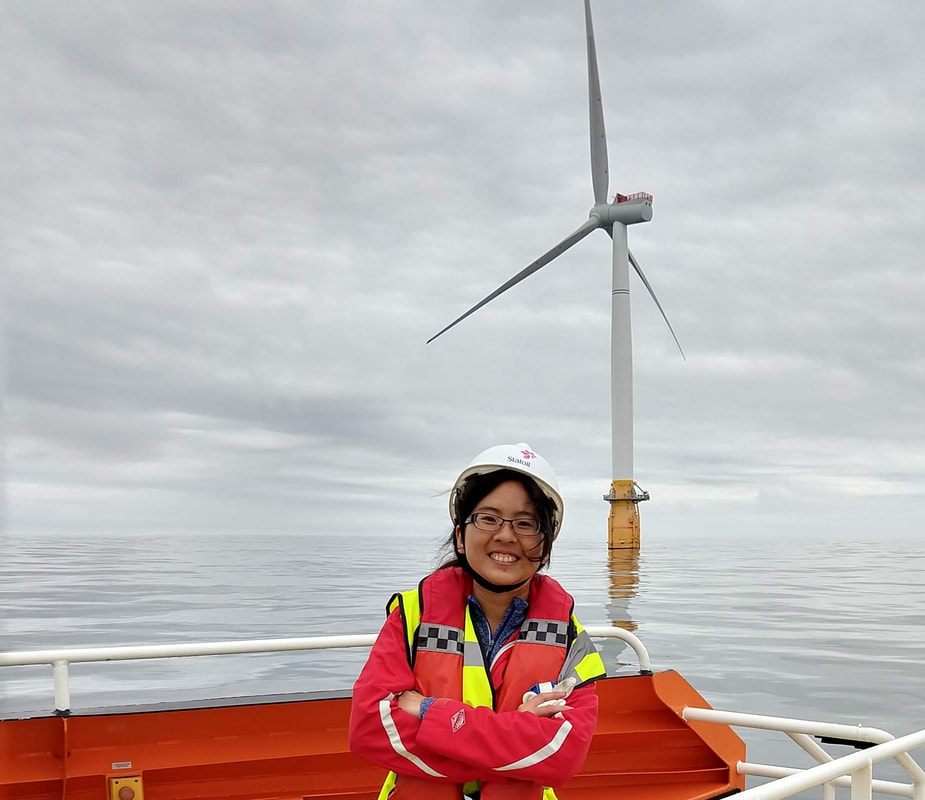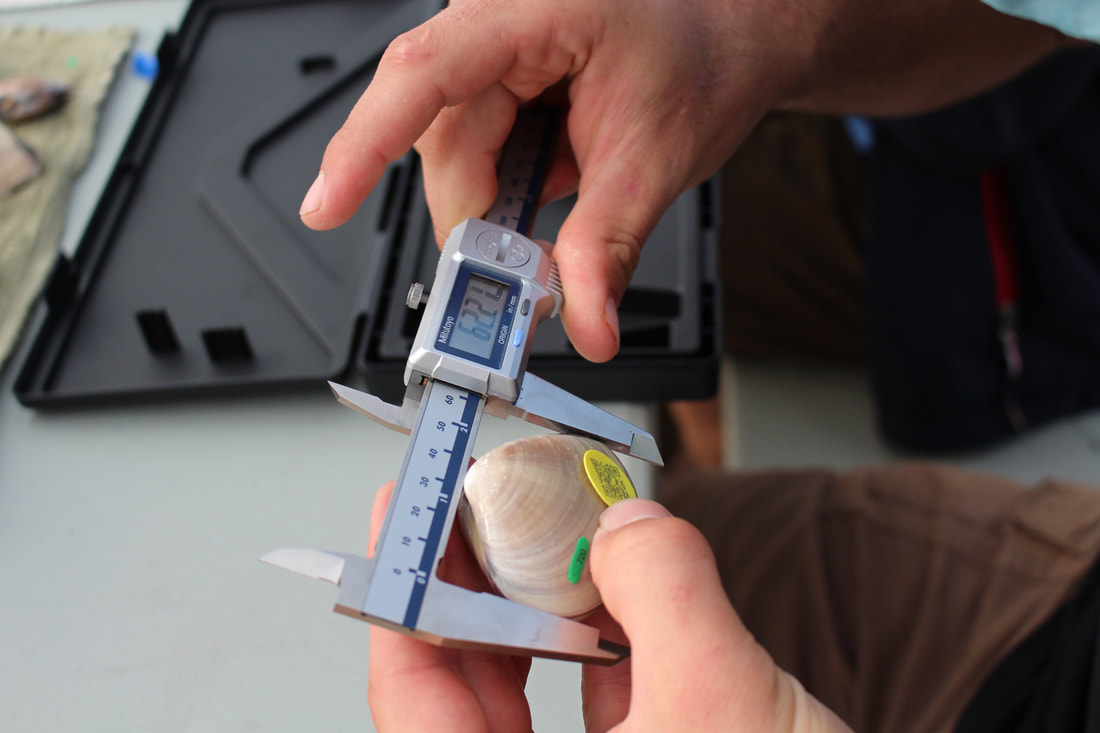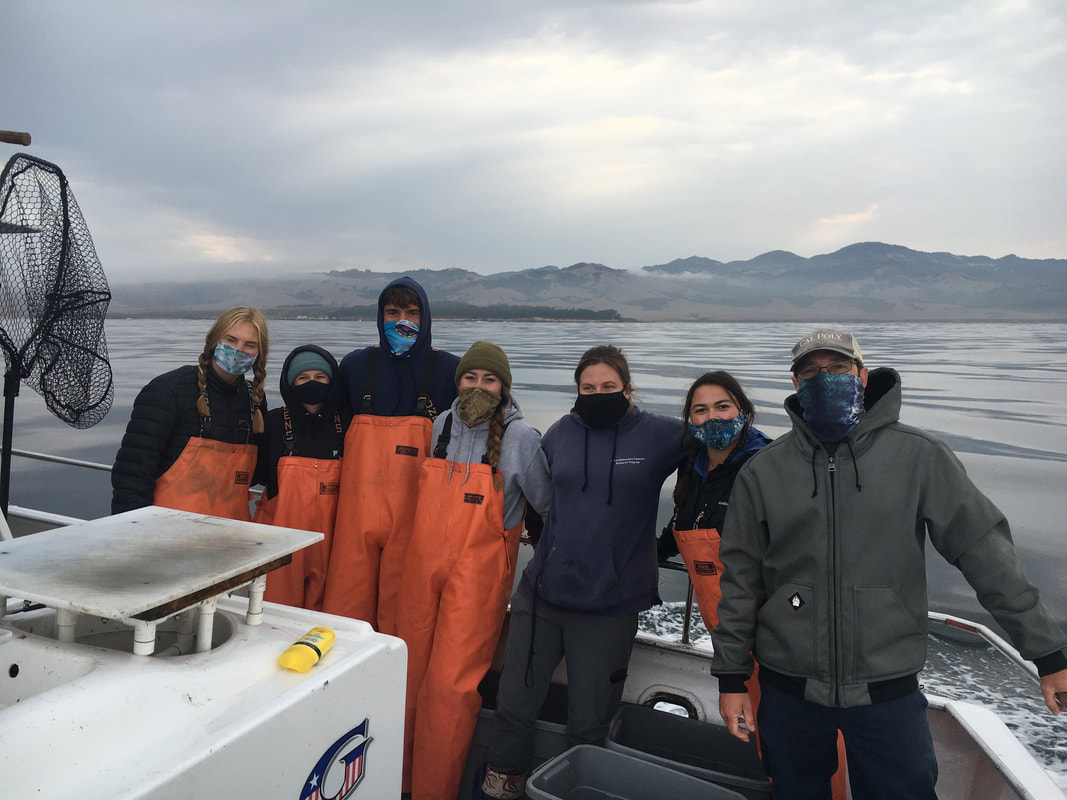|
Our research interests fall into several broad categories within marine conservation and marine ecology but they usually involve some aspects of ecology (how do things change over space and time, and why) and the impacts of management on marine systems (how do we change and try to manage our impacts on the oceans, and what can we do better).
We have several current projects that fit into these categories, including:
|


